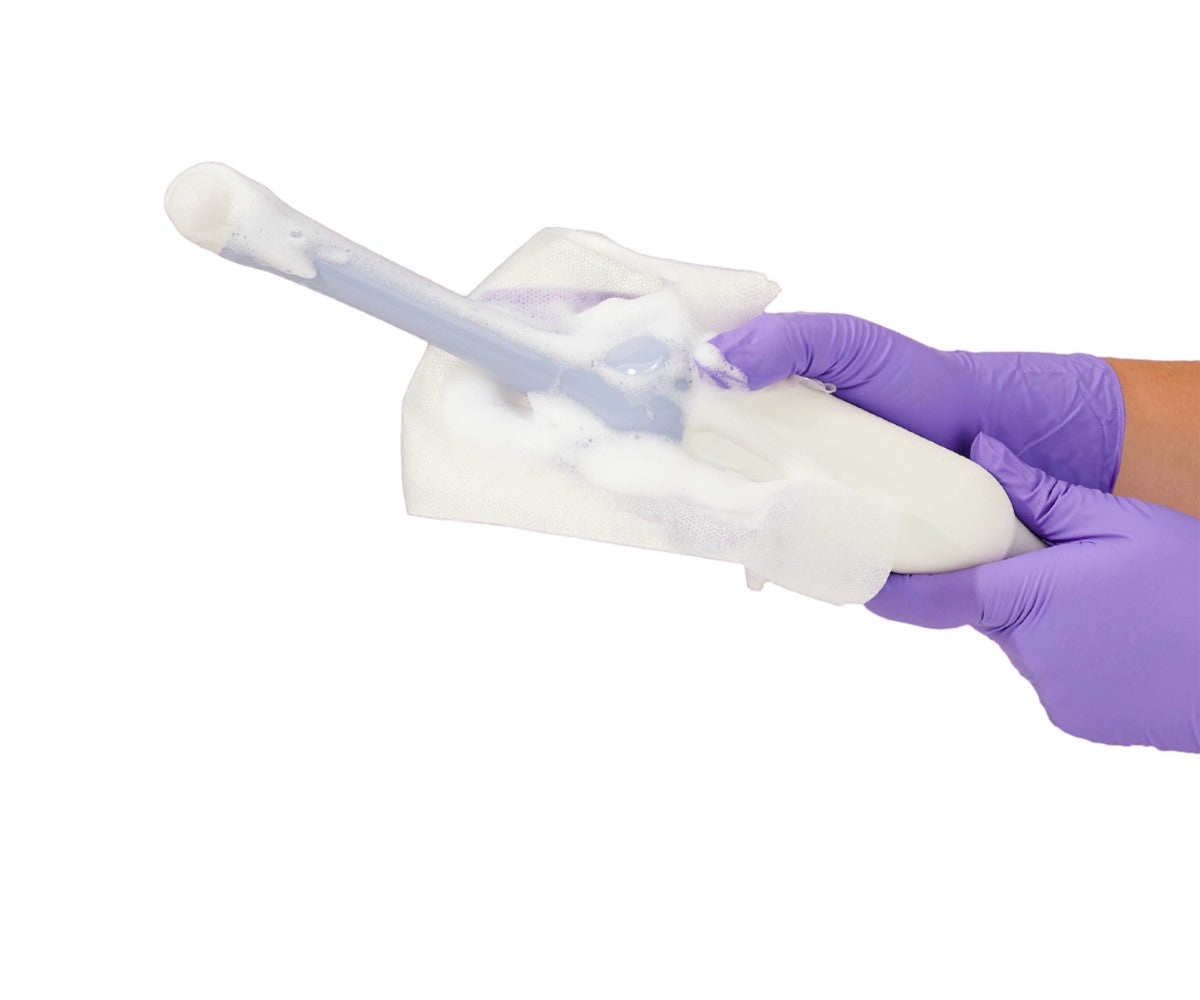The radiology field experienced a notable surge in AI-enabled device submissions. In 2023, 79% of FDA-authorized AI products were in radiology, underscoring AI's growing significance in healthcare.
This surge has revolutionized diagnostic processes and patient care delivery in radiology. However, recent discussions on President Biden's AI executive order raise important considerations regarding its implications compared to existing healthcare regulations such as HIPAA.
President Biden's executive order on AI sets new standards for its development and usage, aiming for responsible implementation. It requires AI developers to share safety test results with the U.S. government and urges Congress to pass data privacy legislation. When it comes to healthcare specifically, the order mandates the establishment of an AI Task Force by the Department of Health and Human Services (HHS) to develop a regulatory action plan for AI in healthcare delivery.
Industry experts have expressed concerns about potential regulatory hurdles and favoritism towards larger companies. While the intention is to enhance standards and access to technical resources, there are misgivings that increased governmental scrutiny may stifle innovation and disadvantage smaller players like the imaging centers.

HIPAA, the Health Insurance Portability and Accountability Act, is a critical framework for patient data privacy and security. Compliance with HIPAA is essential for imaging centers to protect patient privacy and maintain trust.
In simpler radiology practices, such as those serving a single facility, relying solely on the HIPAA plan of the entity they serve may seem sufficient. However, maintaining an independent HIPAA compliance plan is crucial to demonstrate adherence to regulatory standards. Collaboration with external entities, such as billing services, further complicates compliance efforts, requiring clear delineation of responsibilities and robust documentation of compliance processes. For instance, while billing services may handle electronic transactions, the radiology group remains accountable for overall HIPAA compliance, including safeguarding protected health information (PHI) during billing processes.
In contrast, complex radiology groups, which encompass multiple locations, contractual relationships, and functional areas, face even greater compliance challenges. These practices often operate imaging centers and provide services across broad geographic regions. As PHI flows between legal entities, sites, and departments, the responsibility for ensuring its protection becomes increasingly complex. Collaboration among stakeholders is essential to clarify responsibilities, establish communication mechanisms, and document compliance processes effectively.
To navigate these complexities, imaging centers should establish HIPAA implementation committees comprising representatives from various functional areas, including administration/operations, billing and collections, site managers, technologists, medical directors, information services, and non-management staff. Each stakeholder brings unique insights into compliance challenges and plays a vital role in developing and implementing HIPAA policies and procedures.
Furthermore, secure management of medical image repositories, such as Picture Archive and Communication Systems (PACS), is paramount to safeguarding PHI. Encryption, access controls, and data backup and archiving are essential measures to ensure the confidentiality and integrity of patient data.








